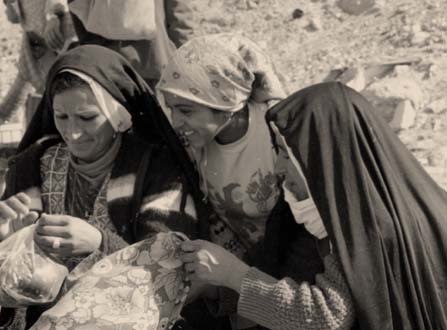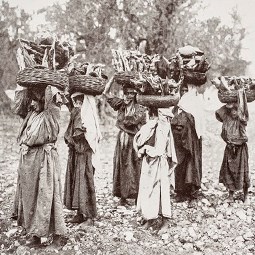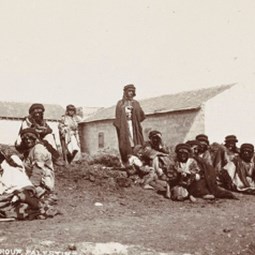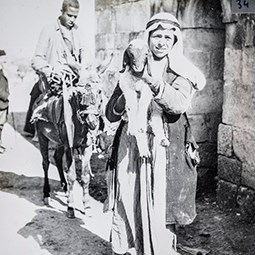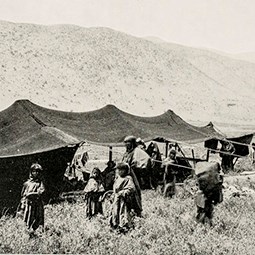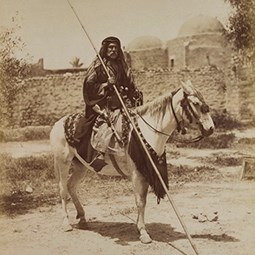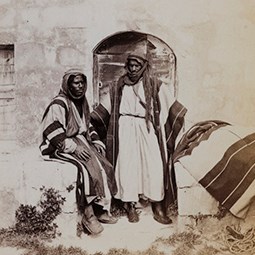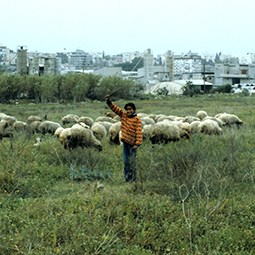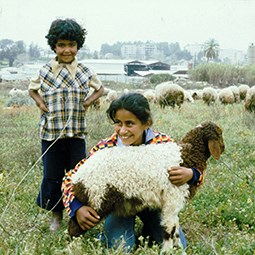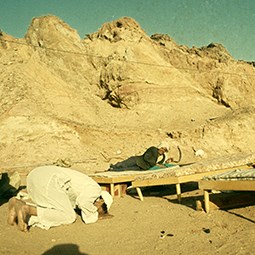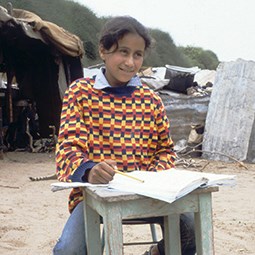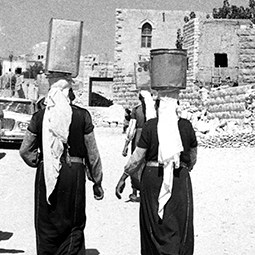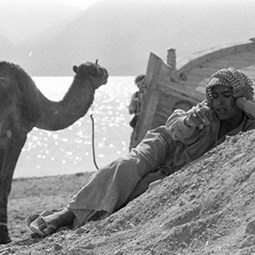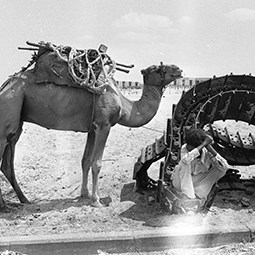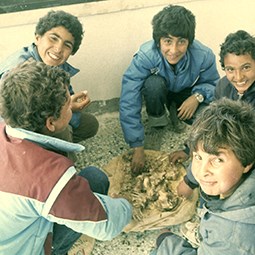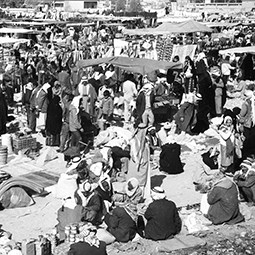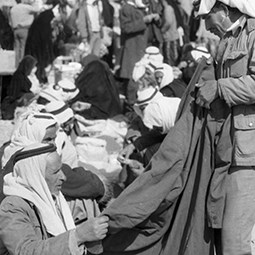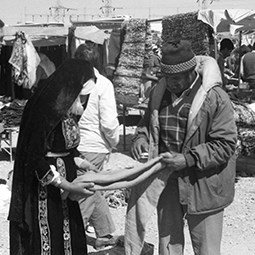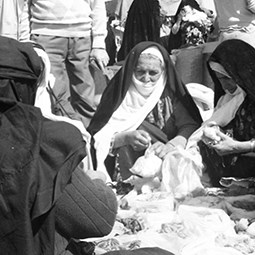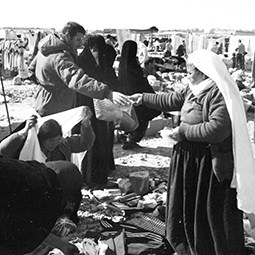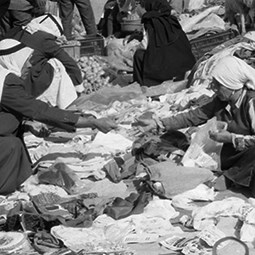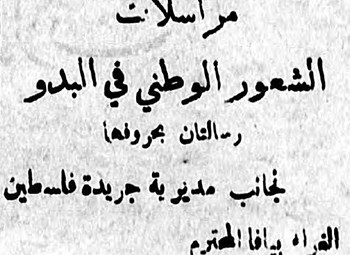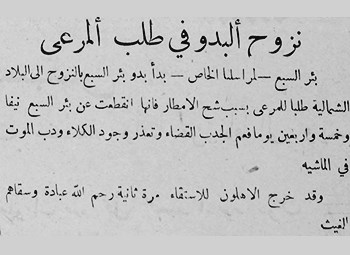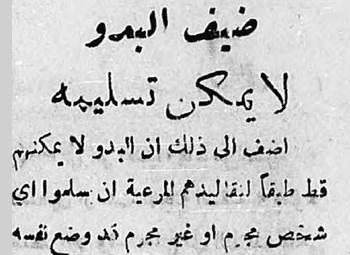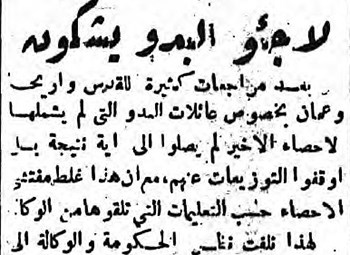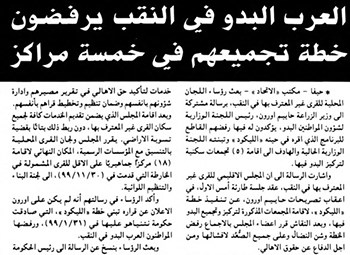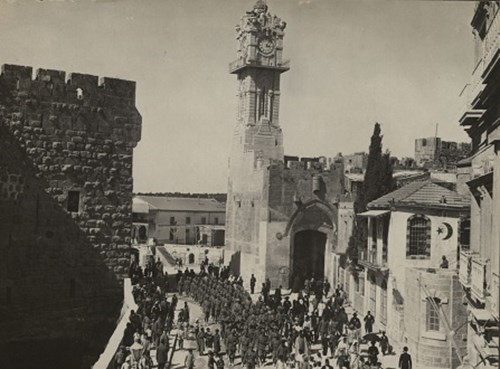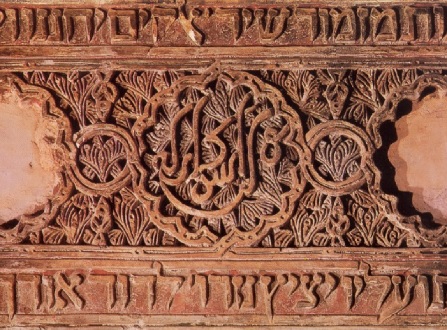Bedouin in Israel and the Levant
The Bedouin are a nomadic people, part of the Arab minority in Israel, whose population is concentrated in the Negev Desert. Their strong connection to these vast arid regions is reflected in their name, which comes from the Arabic word for desert (baadiya). The Bedouin often consider themselves the original, authentic Arabs who have maintained a rich heritage, civilization, and language. Even though they speak a variety of different Arabic dialects, they do so with a purity of pronunciation and vocalization. As such, they believe that they have done more than any other group to preserve the most eloquent and genuine form of the Arabic language.
Towards the end of the 19th century, the Ottoman Empire attempted to regulate the lives of the Bedouin in the Negev by imposing the same laws on them as they did on the residents of cities. This move pushed a great many Bedouin tribes to adopt a semi-nomadic way of life.
Before the establishment of the State of Israel, there were an estimated 110,000 Bedouin living in the country. Most of them left for Sinai, Saudi Arabia, Jordan, and other neighboring countries after the War of Independence. Nearly 11,000 Bedouin remained in Israel, the majority of whom were settled in the region of the city of Beersheba in the northern Negev. Today, there are close to 250,000 Bedouin living in recognized towns such as Rahat, Laqiya, Kuseife, Hura, Tel Sheva, Ar'ara BaNegev, and Segev Shalom, while around 120,000 people live in unincorporated villages.
The Library has many digital and physical resources documenting nomadic life in the Negev and Sinai Peninsula, including photographs and audio recordings that show the socioeconomic, cultural, and political life of the Bedouin. Foremost among them is the Clinton Bailey Archive of Bedouin Culture, a unique research collection documenting the rich oral tradition of Bedouin communities in Israel, Jordan, and the Sinai desert. The collection includes some 350 hours of interviews with hundreds of Bedouin men and women, including judges, tribal sheikhs, and notables, as well as accompanying photos and other materials, recorded by the American-Israeli scholar Dr. Clinton Bailey between 1968 and 2007.
These resources shed light on the aspects of nomadic life that vary greatly from urban or village lifestyles; they are all archived to preserve an important legacy and part of Israeli history and civilization. On this page, you can find a massive trove of digital sources dealing with 19th and 20th-century nomadic life in Israel and the Negev, images of the Negev and Sinai Bedouin and their annual market in Beer Sheva, audio recordings of Bedouin poetry, customs, traditions, and tribes from different decades, as well as an exhibit of Palestinian newspapers describing the challenges faced by the Bedouin in Palestine under Ottoman rule, during the Mandate period, and in the present day.

 Sign in with Google
Sign in with Google
 Sign in with Facebook
Sign in with Facebook
